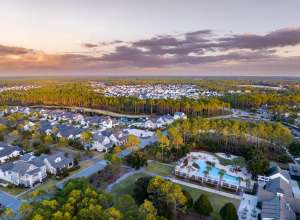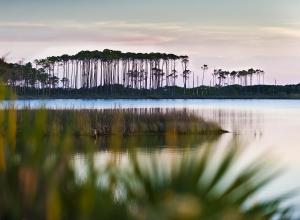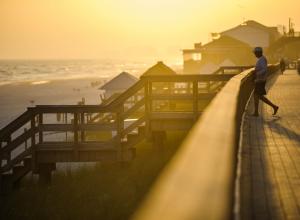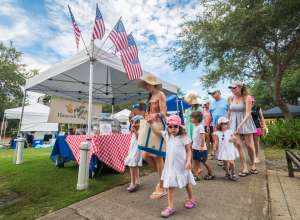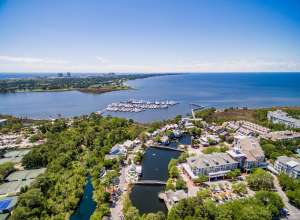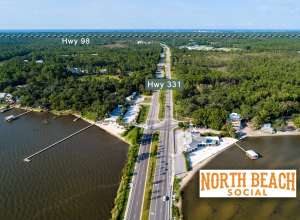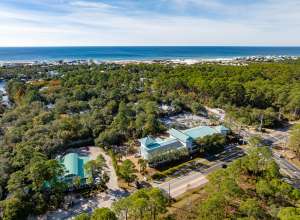Story
Apalachicola Is a Wonderful Day Trip from South Walton
November 30, 2011 by Tom McGee
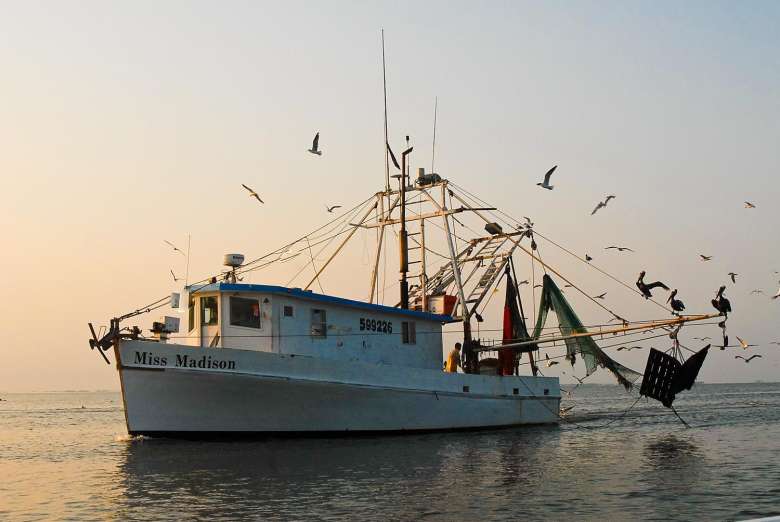
We love the snow-white quartz sands of SoWal beaches that squeak when we walk on them with bare feet, the emerald green and turquoise waters of the Gulf; a bay pregnant with fish and oysters; the delta of the Choctawhatchee River; our 18,000 acres of forest, parks and preserves; plus our unique coastal dune lakes that make South Walton one of the most desirable places on earth to live and visit.
But last June, my wife Karen and I promised to take our thirteen-year-old grandson, Nathan, 80 miles east to the old river town of Apalachicola for a day of fishing.
Apalach, as the natives call it, is a throwback to Florida’s nineteenth-century past. The day tourist will find a contrast to our Seaside, Watercolor, Rosemary Beach and other communities along Scenic 30A, which are less than three decades old.

Located at the mouth of the Apalachicola River in sparsely populated Franklin County, the quaint town was founded in 1821 as a Customs District, to keep an eye on smugglers. In its early days, it provided warehouses for cotton being delivered down the river systems that flowed through the cotton fields of Alabama, Georgia and Florida.
Raw cotton would be shipped from Apalach to the textile mills of England. When the cotton trade became extinct after the Civil War, the locals began to export lumber floated down the river. At one time, Apalach was the third largest port on the Gulf of Mexico.
Today, Apalachicola is home to shrimp boats that trawl the gulf waters and small oyster boats whose owners harvest the succulent oysters of the bay in the old-fashioned way with muscle-powered tongs. The majestic shrimp trawlers, with nets dangling from their tall booms, make dramatic photo subjects.
The humble oyster boats offer earthy images of of hard-working people making a living from the sea. Floridians consider the oysters harvested from Apalachicola Bay to be at least a good as Louisiana oysters. Some say even better.

Some of the old seafood processing plants have been converted into comfortable but unpretentious waterfront restaurants, where you can consume oysters on the half shell prepared every way one could imagine. Many of the old red-brick buildings that once housed cotton warehouses and marine hardware stores have been converted into trendy shops and museums which contain interesting memorabilia from Aplach’s past. Nathan especially enjoyed the seafood in the restaurants and browsing through shops cluttered with objects of Apalach’s past.
When we arrived, we took Nathan to visit the Dr. John Gorrie Museum which is located in a pleasant residential neighborhood. Dr. Gorrie received a patent in 1851 for the invention of his machine to make ice. He did this to provide relief to his patients suffering from yellow fever. All of us that buy a bag of ice from the Tom Thumb, or rely on air conditioning in our houses and cars to survive the heat of a Florida summer, should pay homage to Dr.Gorrie.
We spent the night at the venerable old Gibson Inn. Built in 1907 of heart of pine and black cypress, the thirty-room Florida Cracker style hotel is on the registry of historic places. For decades it was the only hotel between Pensacola and Jacksonville. Our visit to the charming Gibson, transported us back to a time when Apalachicola pulsed with an active social and commercial life.

Nathan and the author
The next morning, Captain Charles Wilson met us across the street at the public boat launch and took us into the bay for a half day of fishing. Nathan, Karen and I teased one another about who caught the first, most and best fish. In the end we agreed with Captain Charles that Nathan was the king fisherman of the day.
We brought our catch of forty-three fish to Robert, the elderly legend of Apalach, who expertly filleted our fish for fifty cents each at his shack alongside the River. We then carried our cleaned catch to Papa Joe’s Oyster Bar & Grill next door at the Scipio Creek Marina, where the cooks prepared them grilled, fried or blackened - whichever way we liked.
After visiting more curio shops, we took a break for coffee and delicious pastries offered by the Venezuelan owner of the internet cafe on Water Street known as Cafe‘ Con Leche. There, we also found interesting artwork gracing the walls of the shop.
Apalachicola is a wonderful day trip for us locals and our visitors, but as the old saying goes “There is no place like home”. Especially when “home” is a slice of paradise.

Photos by Karen McGee

